A well-organized garage doesn’t just look good—it functions better, keeps your tools safe, and saves you time and money in the long run. But maintaining that order takes consistent effort. That’s why a structured monthly maintenance checklist is one of the best investments of time you can make. Whether you’re managing epoxy flooring, wall-mounted storage, garage cabinets, or overhead racks, regular upkeep ensures everything stays secure, clean, and usable.
If you’re a homeowner in Florida, especially along the coast, this is even more critical. Humid conditions, salt air, and frequent use can wear down your garage features faster than you’d expect.
1. Sweep and Deep Clean Your Garage Floor
Start each month by giving your garage floor a thorough cleaning. If you have epoxy flooring, this helps preserve its shine and prevents long-term buildup of dirt or grime.
Checklist:
-
Sweep out all dust, leaves, and debris.
-
Use a mop and mild cleaning solution to clean the epoxy surface.
-
Look for signs of peeling, cracking, or moisture seepage.
-
Remove oil stains promptly with degreasers.
Tip:
Don’t forget the corners and behind shelving units—dirt tends to collect there, unnoticed.
2. Inspect Wall-Mounted Storage Systems
Your wall-mounted hooks, rails, and shelves need attention too. Over time, heavy items can loosen hardware or shift weight distributions, which could eventually lead to failures.
Checklist:
-
Check for sagging shelves or loose brackets.
-
Tighten any hardware as needed.
-
Confirm that heavy items like bikes, power tools, and ladders are securely fastened.
-
Replace any worn-out wall anchors or mounting screws.
3. Examine Garage Cabinets for Wear
Garage cabinets—especially in high-humidity Florida towns like Palm Bay or Cocoa—can expand, warp, or collect mildew if not maintained properly.
Checklist:
-
Wipe down interior and exterior surfaces with a microfiber cloth.
-
Inspect for any water damage or swelling from humidity.
-
Check the hinges and drawer slides.
-
Lubricate hinges if they creak or show rust.
Pro Tip:
If your cabinets are made from coastal-grade materials, they should hold up well—but that doesn’t mean they’re maintenance-free.
4. Test Overhead Storage Systems
Overhead racks are perfect for seasonal gear or infrequently used items, but they’re also subject to stress from weight and environmental changes.
Checklist:
-
Confirm weight load is evenly distributed.
-
Check for any bowing or shifting in racks.
-
Look for corrosion or rust in mounting brackets.
-
Inspect the anchors in ceiling joists.
5. Clean and Organize Tool Benches
Tool benches are your command center, but they often become cluttered. A quick reset each month keeps your projects moving efficiently.
Checklist:
-
Return stray tools to their proper places.
-
Wipe down the work surface.
-
Clean tool drawers and containers.
-
Dispose of or recycle broken tools or parts.
6. Declutter and Donate
Monthly maintenance is a great excuse to evaluate what you’re storing and whether you still need it. Garages tend to be “dump zones” for items we don’t use anymore.
Checklist:
-
Sort items into keep, toss, or donate.
-
Label bins or shelves so everything has a home.
-
Remove cardboard boxes and replace with plastic bins to reduce pest issues.
-
Donate extra gardening tools, paint, or unused gear.
7. Safety Inspection: Fire & Hazard Checks
Home garages often store flammable materials or hazardous chemicals. Keeping these stored safely and checking for leaks or issues is a key monthly task.
Checklist:
-
Make sure gas cans are tightly sealed and stored away from appliances.
-
Check for chemical leaks, especially around cleaning supplies or pesticides.
-
Ensure fire extinguishers are charged and accessible.
-
Inspect outlets for frayed cords or power strip overloads.
8. Electrical & Lighting Check
Proper lighting makes your garage safer and more functional. Monthly checks ensure bulbs and motion sensors are working properly.
Checklist:
-
Replace any burnt-out light bulbs (switch to LED if possible).
-
Test motion sensor lights and garage door sensors.
-
Check for flickering or dimming, which may signal wiring issues.
-
Test outlets and GFCI circuits for proper function.
Bonus:
If you haven’t yet, consider installing smart lighting or timers to improve energy efficiency and functionality.
9. Door and Seal Maintenance
Garage door maintenance is often overlooked, yet it’s one of the most critical systems in your home.
Checklist:
-
Inspect the weather stripping around the garage door—replace if cracked or worn.
-
Clean the garage door tracks and apply appropriate lubricant.
-
Test auto-reverse safety features.
-
Look for any light coming through around the garage door seals—this could invite in pests or moisture.
10. Inventory Check
Do you know what’s in your garage? A quick monthly inventory helps you avoid unnecessary purchases and keeps your space efficient.
Checklist:
-
Update your garage inventory list or photos.
-
Group items by category (e.g., gardening, sports, tools).
-
Take note of items that need repair or replacement.
-
Create a shopping list for supplies that are running low.
11. Seasonal Reminders (Florida-Specific)
Given Florida’s unique weather, consider adding seasonal garage maintenance tasks. High humidity and the threat of hurricanes demand proactive care.
Checklist:
-
In summer months, inspect for mold or mildew buildup.
-
In hurricane season, ensure all high-value items are elevated off the floor.
-
Use silica gel or moisture absorbers to reduce excess humidity inside cabinets.
-
Clean and inspect your garage screen systems—especially if they’re frequently used in warmer months.
12. Bonus Tips for Garage Optimization
Advanced Labeling System
Try using color-coded bins or QR label apps that let you scan and see contents quickly. This reduces visual clutter and helps you retrieve items faster.
Mobile Storage Options
Retirees or DIYers who work on many home projects may benefit from rolling storage carts or mobile pegboards that allow flexibility in layout and function.
FAQs
How often should I inspect garage cabinets for water damage?
In humid climates like Florida, inspect cabinets monthly. Watch for swelling, warping, or soft spots—especially near the bottom.
Can I use household cleaners on epoxy flooring?
Mild dish soap and warm water are safe for epoxy. Avoid harsh chemicals or acidic cleaners, as they can damage the finish.
How do I know if my overhead storage is overloaded?
Check for sagging shelves or stress cracks near mounting points. If you hear creaking when accessing items, that’s a red flag.
What should I do if I find mold in my garage?
Clean small patches with a mix of vinegar and water. For larger areas or recurring mold, consider installing a dehumidifier and contacting a specialist.
Are garage storage systems customizable for older homeowners?
Yes, many systems can be designed for easy access and mobility, including pull-down racks and wall-mounted bins at reachable heights.

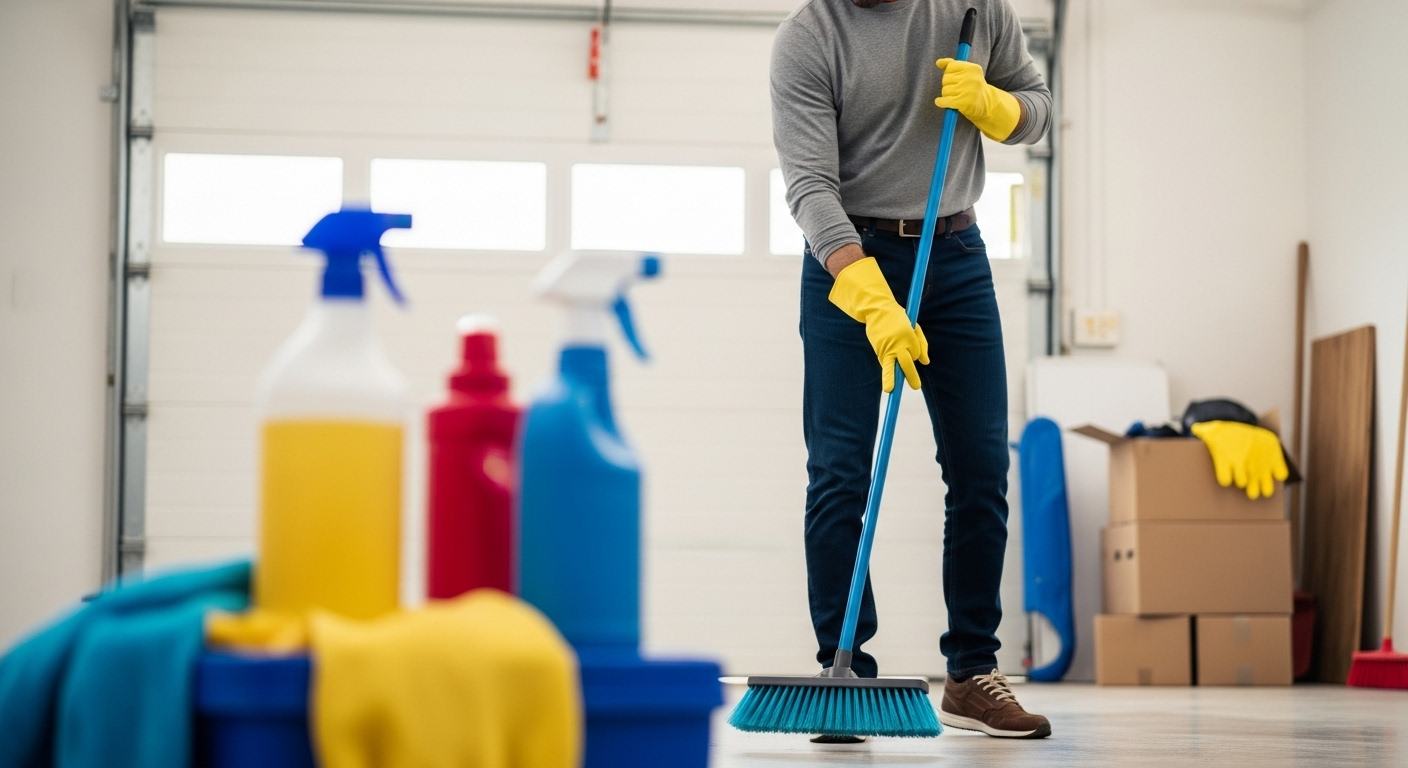
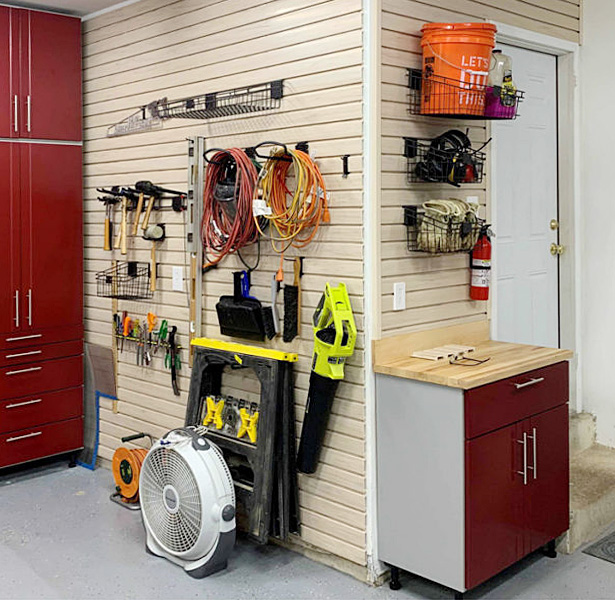
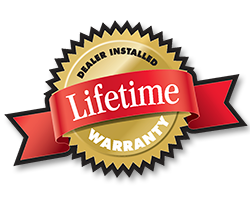


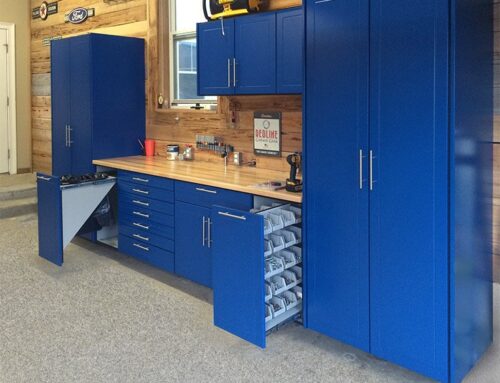
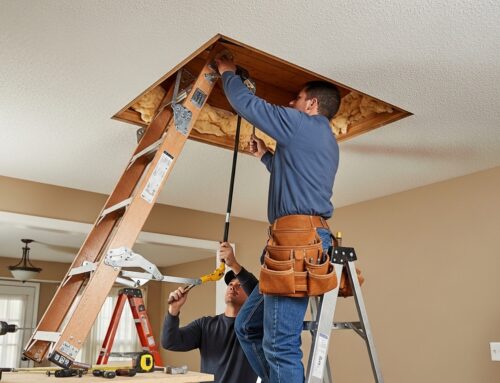
Leave A Comment